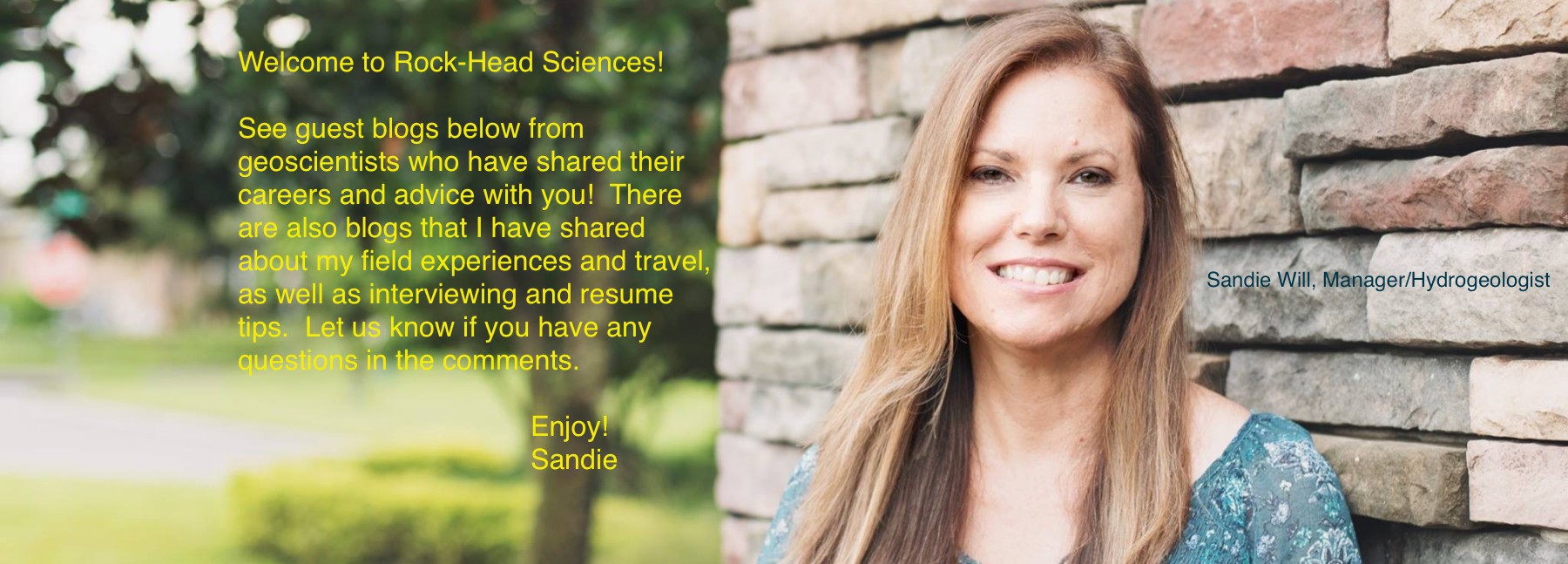NAME: Dr. Tom Holt
CURRENT TITLE: Lecturer in Physical Geography
AREA OF EXPERTISE: I am a glaciologist who uses remote sensing data and techniques to assess changes to the cryosphere, focusing on the structural and dynamic evolution of ice sheets, ice shelves and stand-alone glaciers in Antarctica, Greenland, and other High-Arctic environments.
YEARS EXPERIENCE: I completed by PhD thesis between 2008 and 2012 at Aberystwyth University, but have been working as a lecturer since October 2011, initially on various short-term contracts. I gained a permanent position in the Department of Geography and Earth Sciences at Aberystwyth University in August 2014.
EDUCATION: I have a BSc in Geography (2005), an MSc in Glaciology (2006), and a PhD in Glaciology (2012)
WEBSITE: http://www.aber.ac.uk/en/iges/staff/academic-staff/toh08/
What’s your job like?
Exciting, varied, challenging, and often hectic! For the first year of lecturing, I was putting the finishing touches to my PhD; it was a steep learning curve, but that situation allowed me to figure out a good balance between the research, teaching and administrative tasks we’re expected to complete as university lecturers.
I’m surrounded by great colleagues and friends, and I get to teach some fantastic students. It’s incredibly rewarding seeing them progress from their first year through to graduation, and then out into the real world! It’s a two-way process, as well. I leave each session having learnt something new from the students, which I’m sure many of them don’t realize! I try to keep my lectures, workshops, assignments, etc. varied. Not everyone is manufactured to sit and listen for two hours, likewise not everyone finds writing a 3,500-word essay enjoyable! A varied approach keeps both me and the students on our toes, and keeps us all busy and out of trouble…
For the last few years, I’ve also had the role of Scheme Leader for the Physical Geography degree we offer at Aber. This position has many aspects, largely revolving around student progress and student welfare. It’s an eye-opening role for sure, and day-to-day, possibly throws up the most challenging aspects of my job.
The research I undertake is also enjoyable and exciting. As a remote sensing glaciologist (a cosy/lazy glaciologist according to my colleagues), I get to study some of the most beautiful and rapidly changing environments each day. I use a combination of optical, radar and microwave data to build up a complete picture of glacier characteristics and dynamics, and how they change through time. The changes observed, particularly in the Antarctic Peninsula, are just incredible. I’m still amazed by the response of the cryosphere to the slightest shift in atmospheric or oceanic conditions.

MSc in Glaciology students getting their first glimpse of Vadret da Morteratsch, Switzerland. Copyright 2014 Tom Holt
What’s a typical day like?
I’m an early riser, usually at my desk by 7.30 am, but it means I get a good hour-and-a-half distraction-free time before my colleagues arrive. This can sometimes be the most productive part of my day and can make a huge difference over the whole week when those hours are added up.
Most days I’ll spend a bit of time preparing or delivering teaching material, particularly during term-time, but it varies day-to-day and week-to-week. Some days are full of lectures, practical classes and tutorials, others are a little less hectic which frees up time for research, writing papers, reviewing manuscripts and grant proposals, for example.
My role as the Scheme Leader for Physical Geography is quite demanding at certain times of the year, especially during the first few weeks of term and towards deadlines and examination periods. Because of this role I tend to operate an “Open Door” policy, so I get students dropping by quite often – 5 minutes of my time means the world to some students, so I’m more than happy to keep it that way (I’m blessed with an ability to work in short bursts of time, so it doesn’t really upset my rhythm or productivity).
Each day is different, though, and some days are also filled with outreach, website editing, social media output, Open Days, Visiting Days and school visits. I don’t think I could do the same tasks each day, so it’s a perfect job in a way!
What’s fun?
Fieldwork classes are particularly fun. I’ve recently returned from a week in the Swiss Alps with our MSc Glaciology students. We had six fantastic days in southeast Switzerland, studying the processes and geomorphology of Vadret da Morteratsch. In April, I’m off to Dublin and the Wicklow Mountains with our second year undergraduate students, and there are various day trips down the Welsh Coast and to the Snowdonia National Park to do some palaeoglaciology. Fieldwork is such a key component of any geography degree, and it’s certainly the highlight for staff and students!

Undergraduate students discussing fluvial geomorphology in the Wicklow Mountains. Copyright 2014 Tom Holt
What’s challenging?
The workload is challenging – not the type of work, but the sheer amount of it. It doesn’t stop. Something else always makes its way onto your “to-do list”, which can sometimes be several pages of A4 paper size in length. But that’s part and parcel of the job, and I’m most productive when I have a lot of things on my agenda. Over time, though, it does get easier – the workload is still tough, but you learn to prioritize, say no, and just get on with what you have to do! Regular tea breaks help.
What’s your advice to students?
Ask questions. Listen to answers. Make up your own mind.

An excellent eye opening insight into your daily world, Tom.